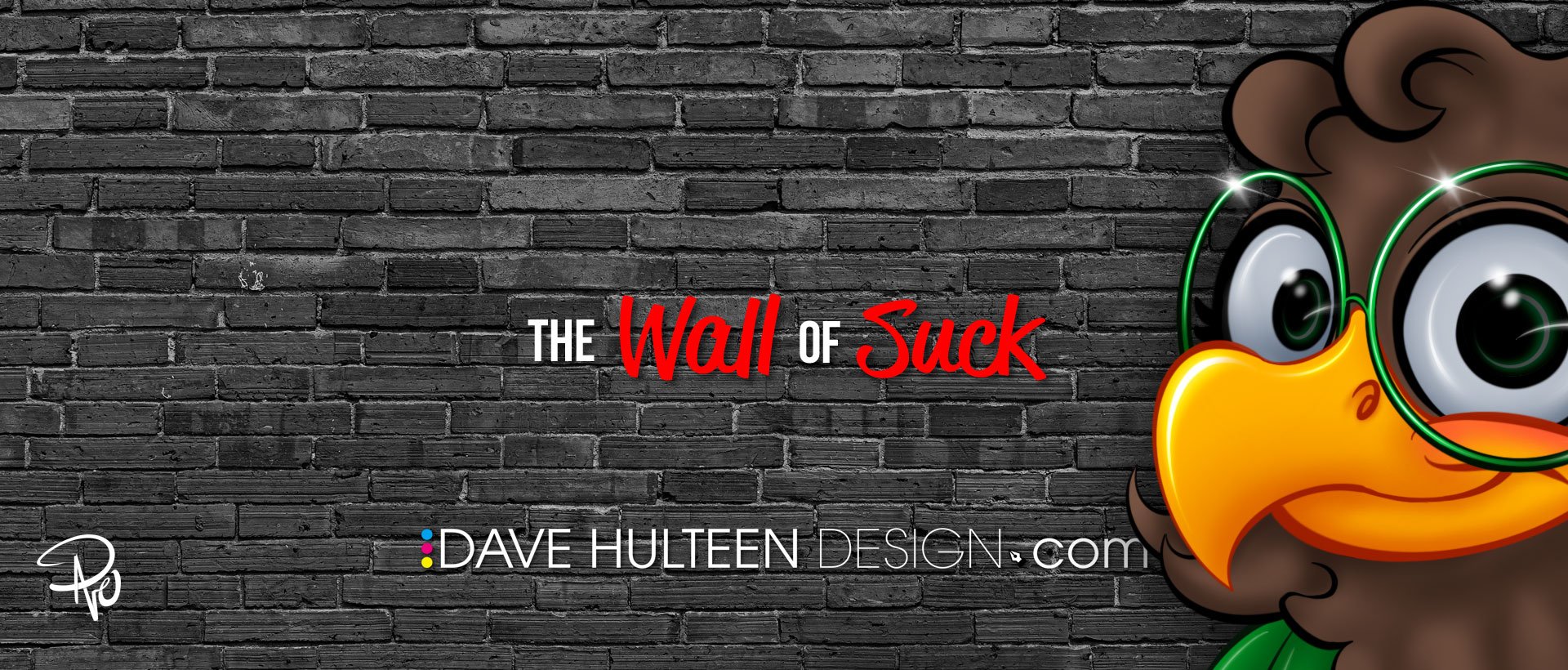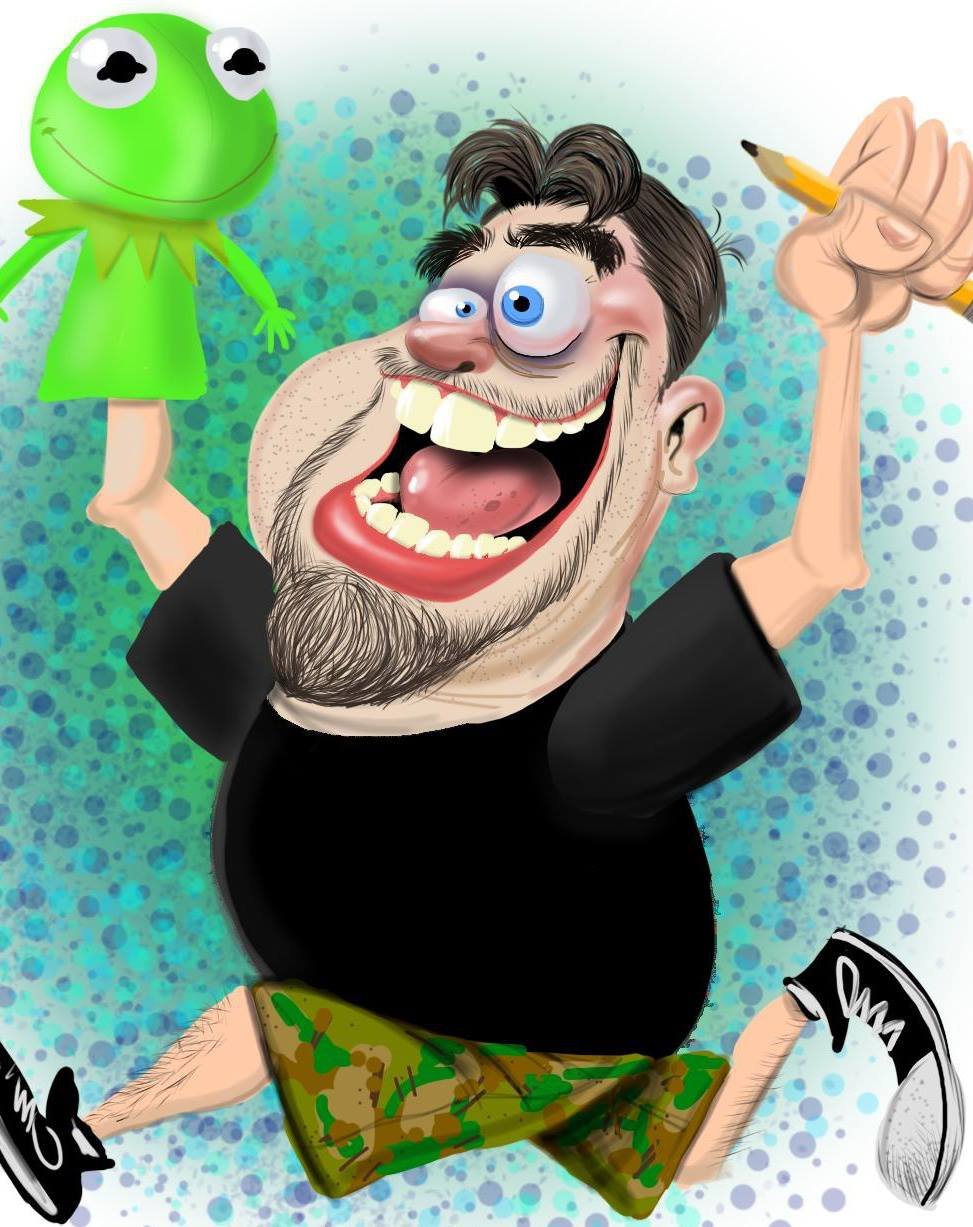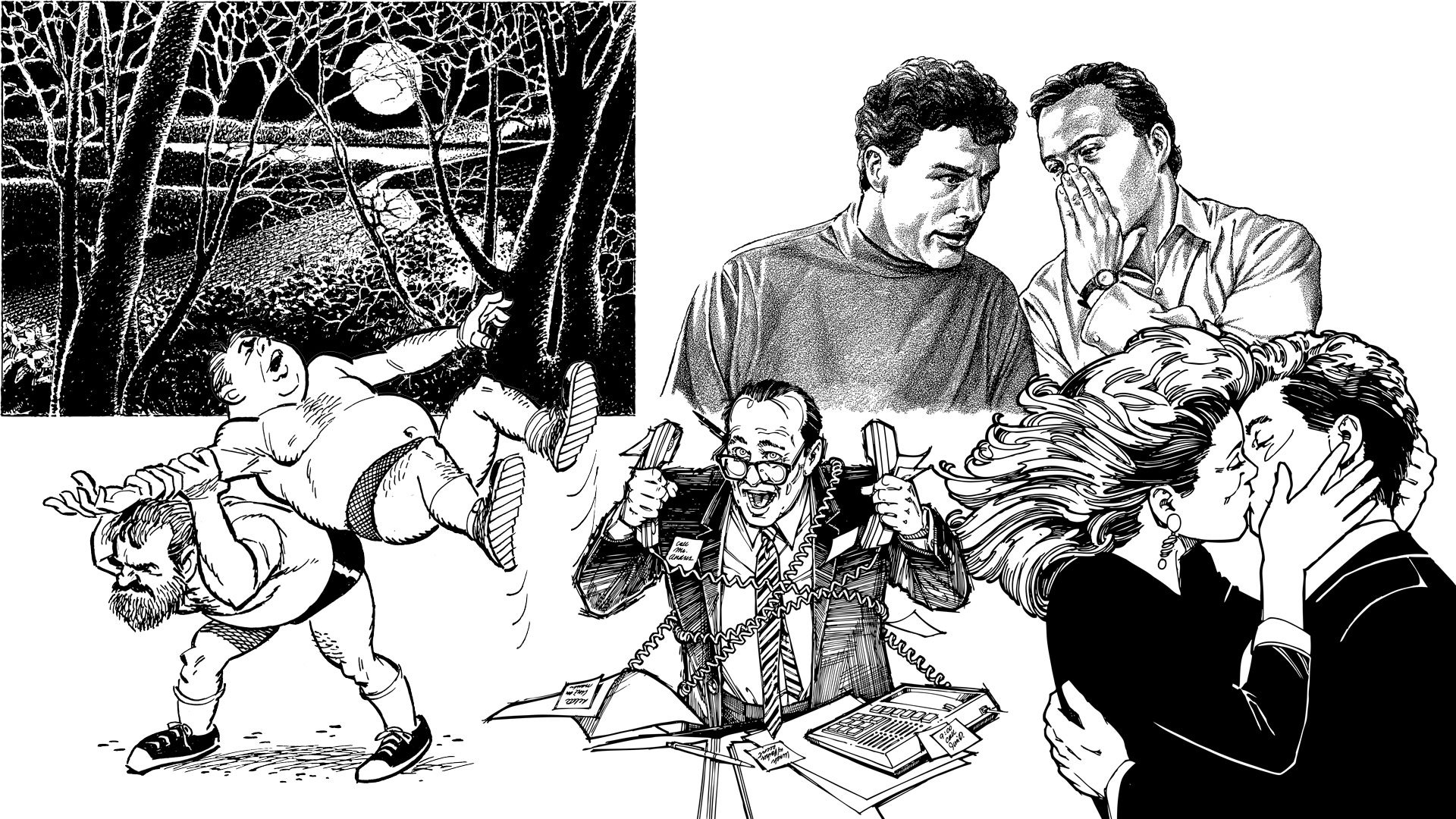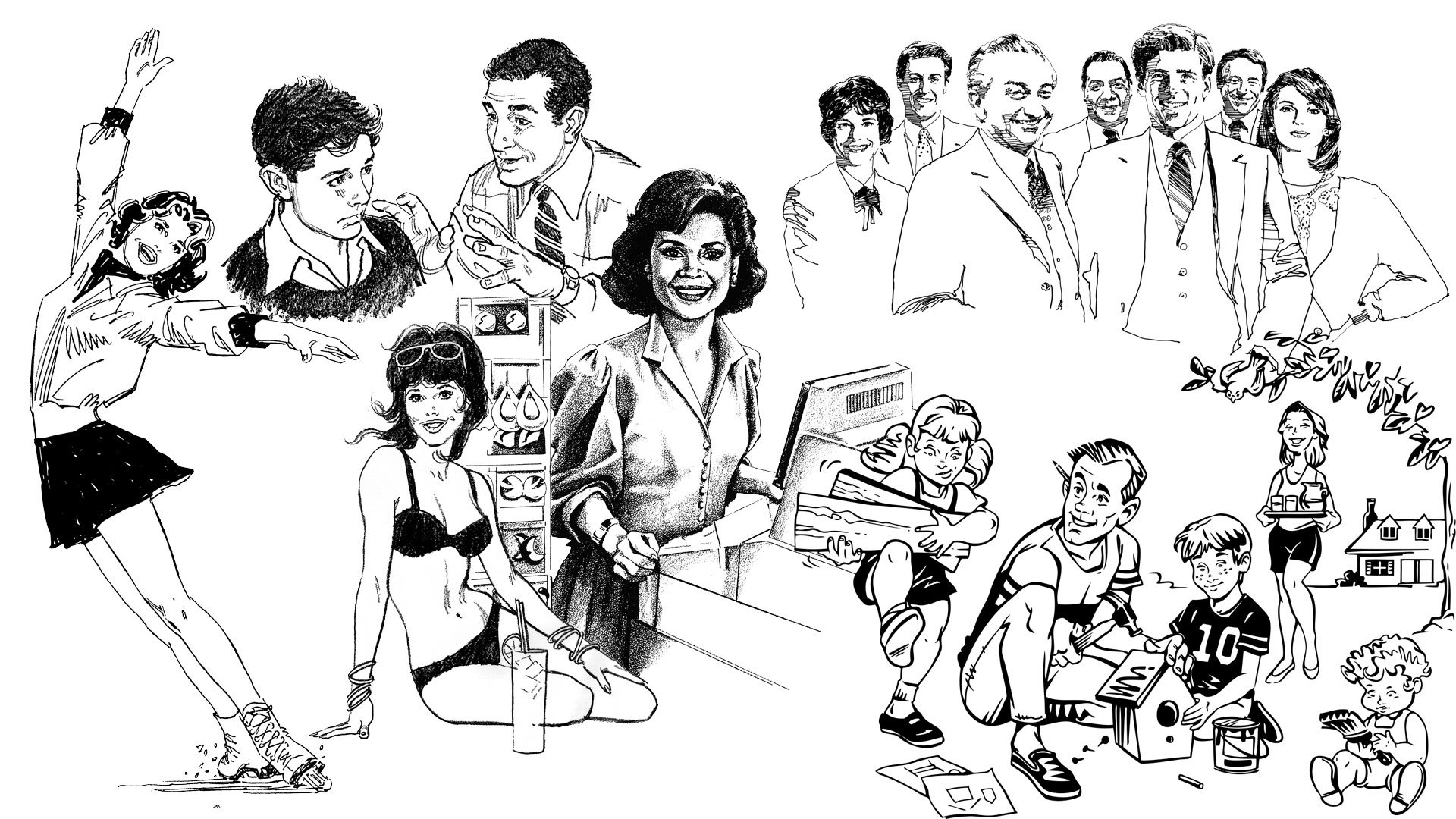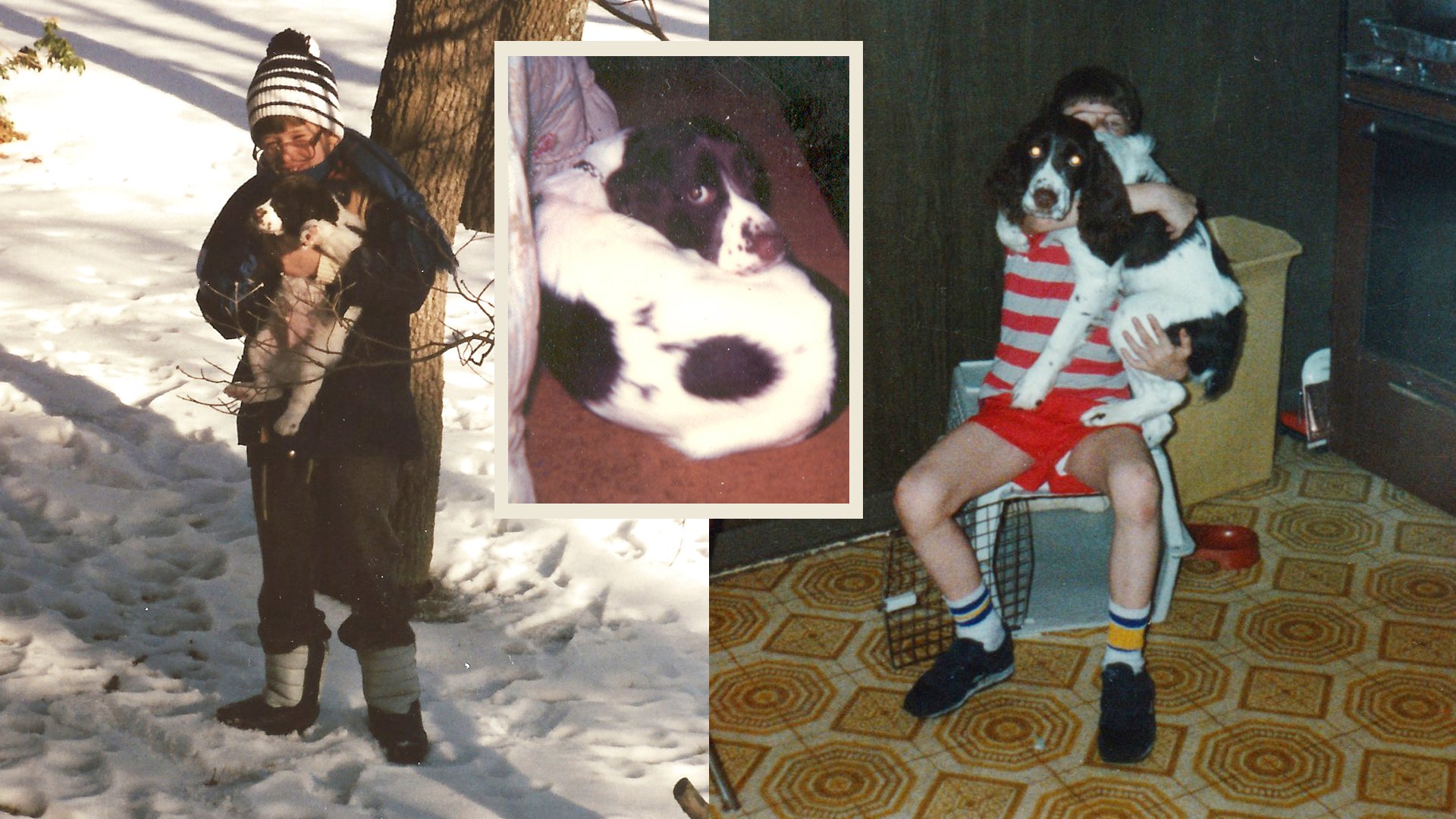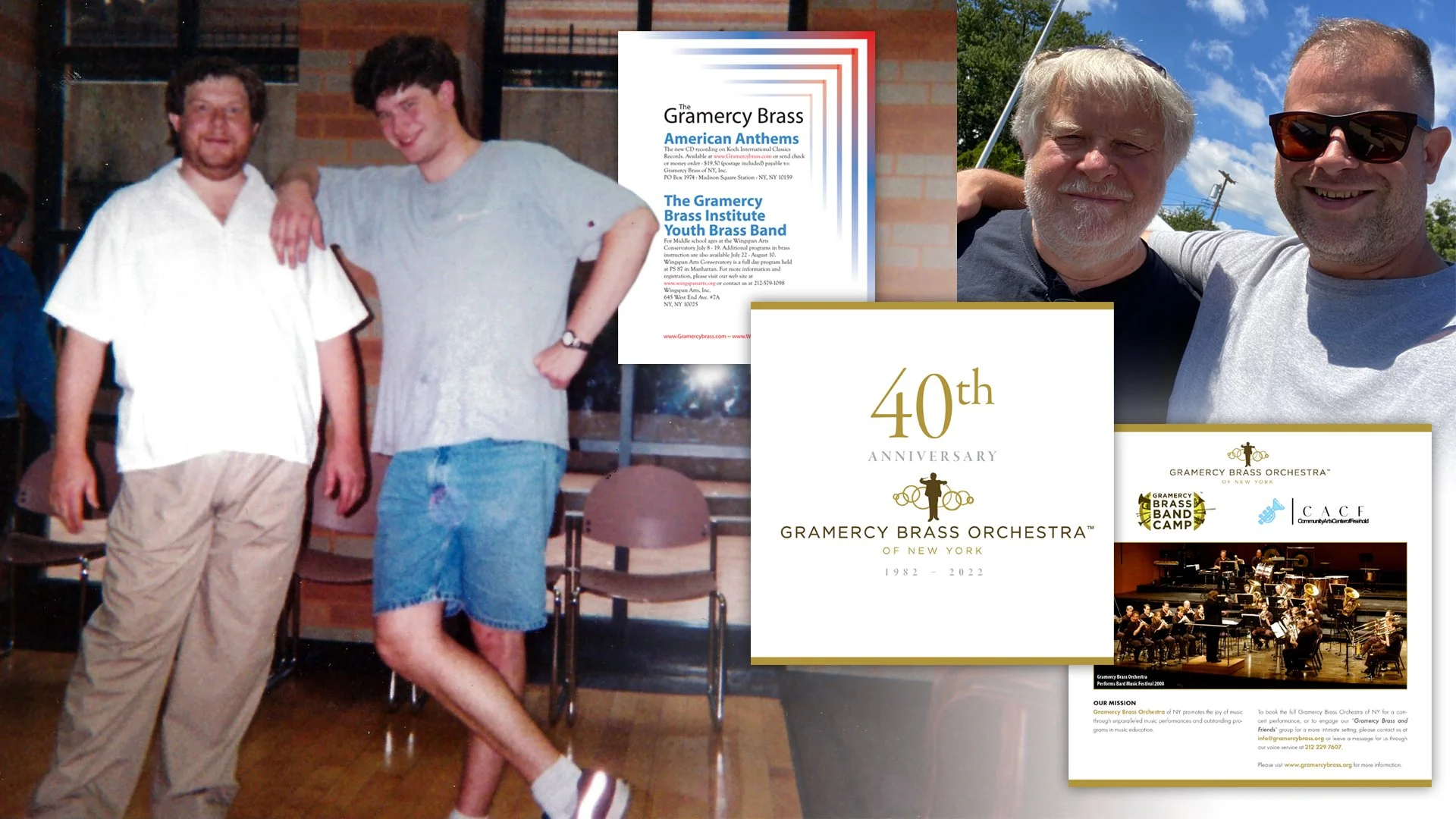There’s this super cool trend on TikTok and Instagram where artists will show an older illustration they did and then erase the layer (original art above) exposing their latest take (on the layer below) showing how much they have improved over time. A couple years ago, I wrote a post about redrawing my older artworks (sans cool video editing) and how satisfying that can be. Today I’m doing something (kind of) similar (again, sans cool video editing) and how the more unique illustrations will always be the ones I cherish most.
Back in 2017 I sketched a reverse mermaid (pretty self–explanatory once you look at it) which for some reason felt like something I just needed to draw. Five years later I knew I could do better even if I had no idea why I should. The reality is I was very interested in learning what my drawing program Procreate’s brushes could do. In 2017, I sketched Weird Al Yankovic as Batman. Okay, hold on a hot second. Let’s get something cleared up quickly now that I think of it:
Many of these illustrations are really just rough sketches that could be considered concepts and not very well thought out beyond that and refined much, much later.
Something inspired these crimes against humanity, and I really no longer remember what they were, so just come along for the ride with me, m’kay? Thanks.
Like many, I love The Simpsons. Their pious neighbor Ned Flanders is my wife’s favorite character and I love building upon creator Matt Groening’s style. I actually wrote in depth about this particular illustration last year if you’re curious about the pose and overall inspiration!
Again, while I don’t remember the inspiration for many of these illustrations, I at least know that both the following 2014 sketch and 2022 recreation are not depictions of the Hindu goddess Lakshmi. No religious disrespect here! I do know that what I was initially drawn to (pun intended) were the hand poses. Holding chopsticks, ASL “I love you”, the Salvator Mundi blessing gesture, and the open hand are really cool and challenging. Also, again I was enjoying learning how to better digitally paint in Procreate as well as trying out some of the adjustments and effects. I’m a real sucker for chromatic aberration.
I’ve written a couple times about how kids can bring a really fresh perspective for getting out of a creative block. One of those exercises is to take a drawing a kid makes and put your own spin on it. I have done this so many times and it’s just the most fun thing to do. My cousin Lily (once removed) drew me a picture awhile ago of our late cat Destiny floating around in outer space. I freaking love it so much! I do not remember when she drew this original piece of art but it was definitely a loooooong time ago because Lily is now in college! In 2016, I dug this beautiful gem out of my memory box and took a stab at it myself. Lily’s is still the best one though!
Again, back in 2013, my other cousin once removed, Avery drew this cosmically gorgeous creature that I interpreted myself 11 years later. Avery’s art fills me with so much joy because it is so free and fearless! Draw your dreams! Lovingly foster your imagination! And let family members exploit it in their blog!
The final piece is always the inspiration for these blog posts, and so I proudly present to you, Generations — the musically inspired illustration absolutely nobody asked for. Again, the 2014 sketch should more realistically be called a concept, but there are a few notable tidbits that make this piece special to me. For starters, it’s a ridiculously stupid idea (and therefore makes for some fun art!). Secondly, while it’s not clear in the 2014 original, the jacket is absolutely inspired by Michael Jackson’s Thriller jacket (sorry not sorry, I think that’s the coolest jacket ever). Third, the boombox is a direct homage to the one my siblings and I listened to back in the late 80s and early 90s. I had taken a swing and missed when I tried to draw that same boombox when I created the art for Matt Vogel’s newest podcast Solve For Gen X. I got a lot closer in this go–around.
Fourth, the “grandfather” subject uses my maternal grandmother’s radio as his head. She always had this radio on in her bedroom. It now resides on my own nightstand as a cherished heirloom (despite being manufactured in the mid 1970s even though it looks like one she would have had during the second World War).
















